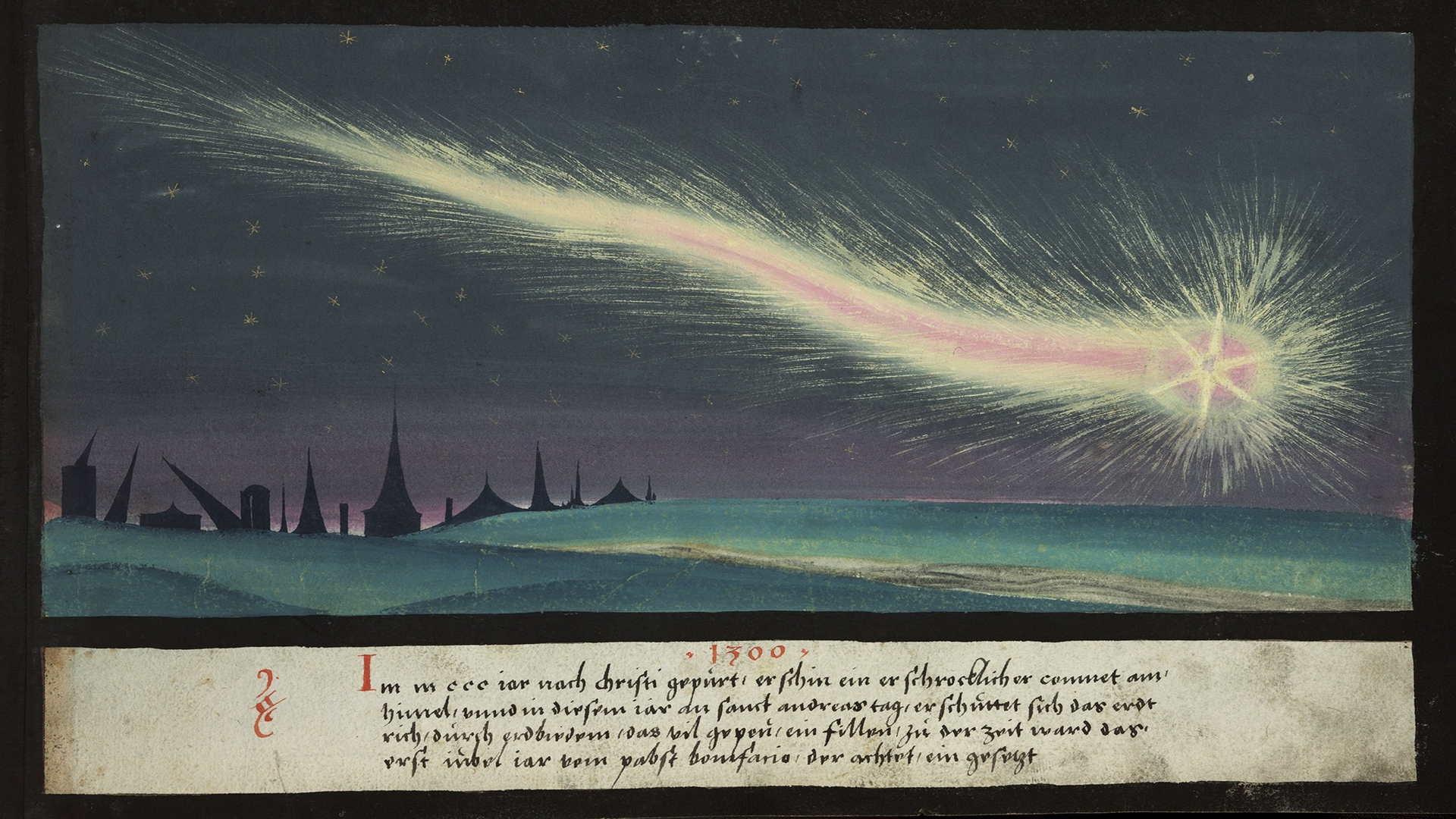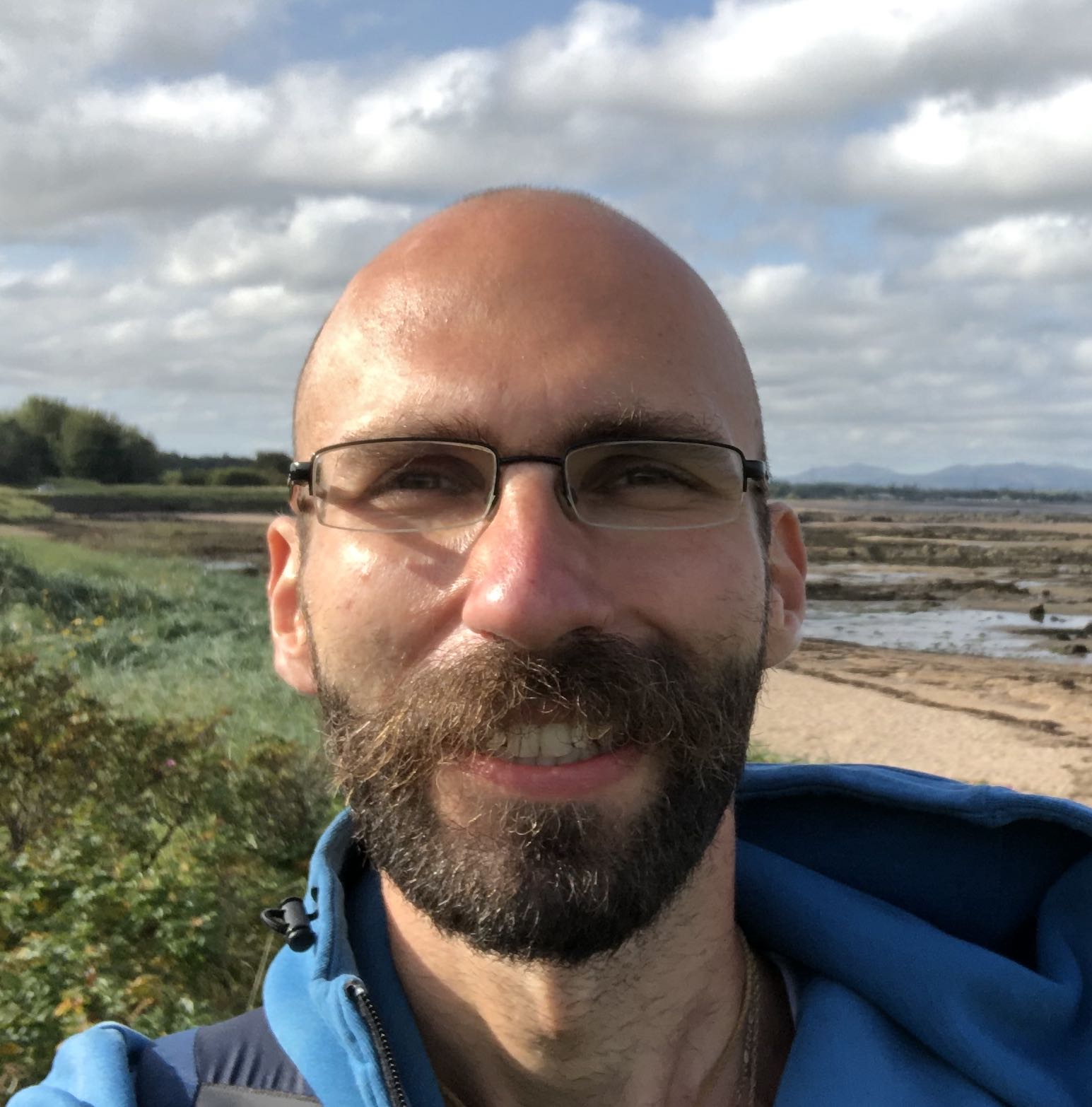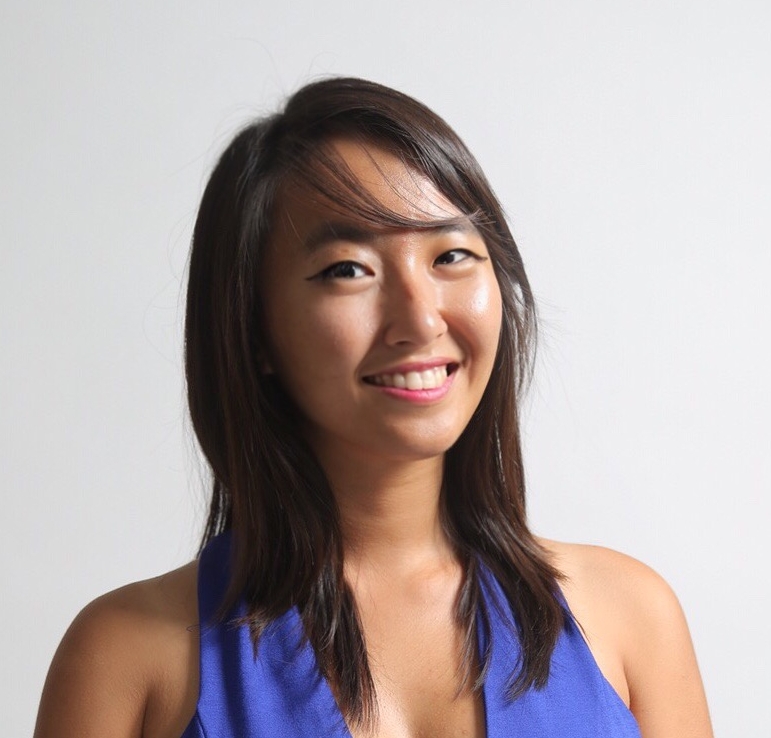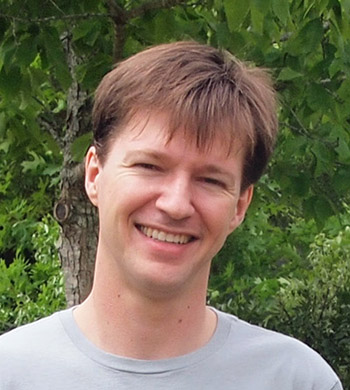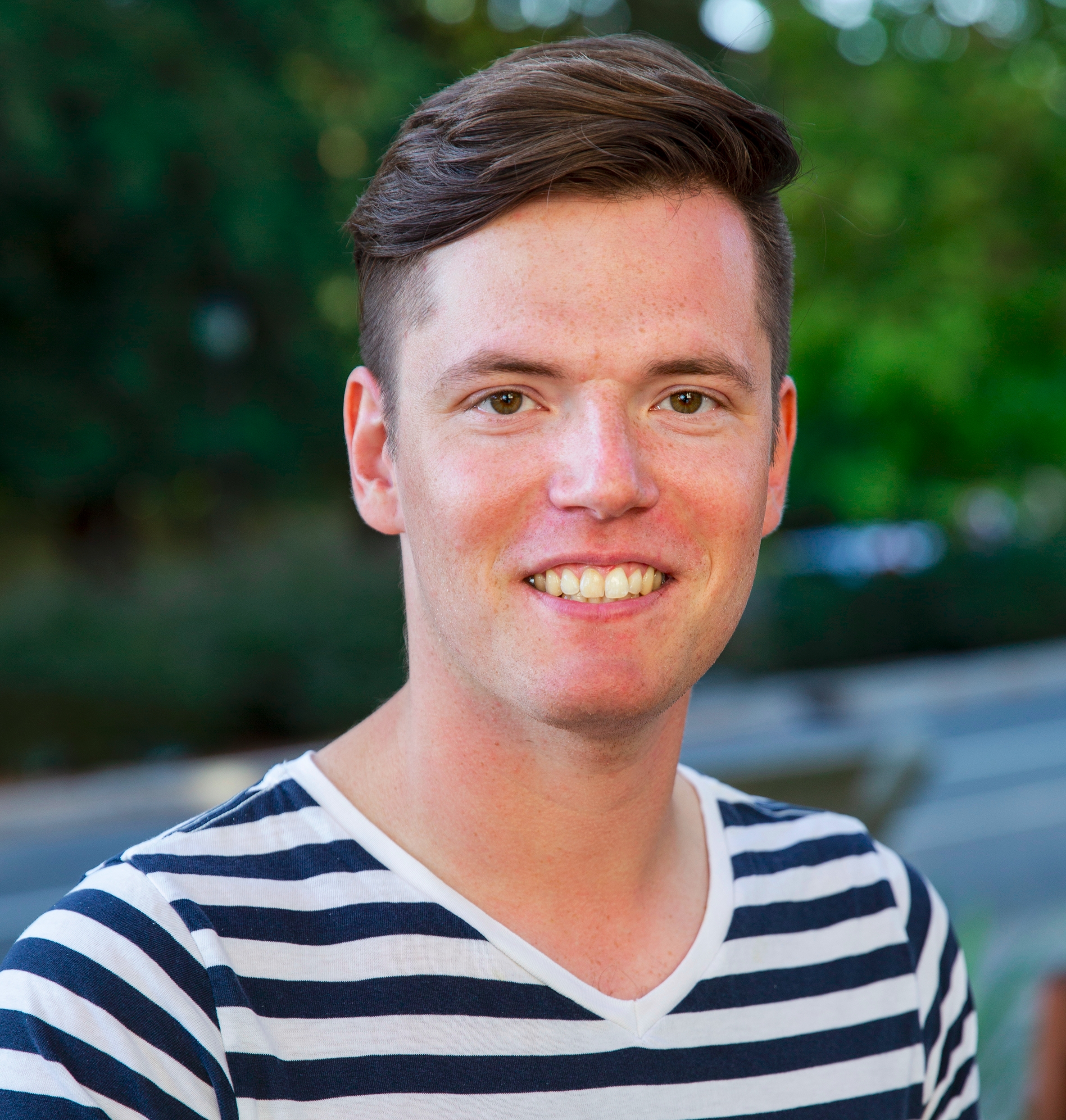Summer School Overview
The second in a series, this four-day virtual summer school aims to provide early-career researchers with new perspectives on algebraic geometry in high-energy physics. The summer school features four mini-courses by emerging and established researchers working at the interface of these two fields. The topics range from derived geometry, to twisted TQFTs, to N=2 supersymmetry, to BPS algebras, to elliptic fibrations. We plan for lively question and discussion periods following the talks, and hope that the school not only provides a learning opportunity but also a platform for building new research ties between geometers and physicists.
Mini-Course Lecturers
| Tudor Dimofte (UC Davis / Edinburgh) |
Monica Jinwoo Kang (Caltech / KAIST)
|
|
|
|
|
|
|
|
Andy Neitzke (Yale)
|
Miroslav Rapčák (UC Berkeley) |
|
|
|
Schedule
The schedule is the same for all four days. All of the times below are in Coordinated Universal Time (UTC). You can convert between UTC and your time zone using this tool.
Time |
Monday to Thursday |
|
14h00 UTC |
Monica Jinwoo Kang |
|
15h00 UTC |
Questions / Discussion / Break |
|
15h30 UTC |
Tudor Dimofte |
|
16h30 UTC |
Questions / Discussion |
|
17h00 UTC |
Longer Break |
|
19h00 UTC |
Andy Neitzke |
|
20h00 UTC |
Questions / Discussion / Break |
|
20h30 UTC |
Miroslav Rapčák |
|
21h30 UTC |
Questions / Discussion |
Mini-Course Descriptions and Slides
Throughout my lectures I will explain the geometry of elliptic fibrations, which can give rise to understanding the spectra and anomalies in lower-dimensional theories from the Calabi-Yau compactifications of F-theory. I will first explain what elliptic fibration is and explain Kodaira types, which gives rise an ADE classification. Utilizing Weierstrass model of elliptic fibrations, I will discuss Tate’s algorithm and Mordell-Weil group. By considering codimension one and two singularities and studying the geometry of crepant resolutions, we can define G-models that are geometrically-engineered models from F-theory. I will discuss the dictionary between the gauge theory and the elliptic fibrations and how to incorporate this to learn about topological invariants of the compactified Calabi-Yau that is one of the ingredient to understand spectra in the compactified theories. I will explain the more refined connection to understand the Coulomb branch of the 5d N=1 theories and 6d (1,0) theories and their anomalies from this perspective.
These lectures will review and develop methods in algebraic geometry (in particular, derived algebraic geometry) to describe topological and holomorphic sectors of quantum field theories. A recurring theme will be the interaction of local and extended operators, and of QFT's in different dimensions. The main examples will come from twists of supersymmetric gauge theories, and will connect to a large body of recent and ongoing work on 3d Coulomb branches, 3d mirror symmetry (and geometric Langlands), logarithmic VOA's and non-semisimple TQFT's, and categorified cluster algebras.
The basic plan for the lectures is:
- Lecture 1 (2d warmup): categories of boundary conditions, interfaces, and Koszul duality
- Lectures 2 and 3 (3d): twists of 3d N=2 and N=4 gauge theories; vertex algebras, chiral categories, and braided tensor categories; d mirror symmetry; quantum groups at roots of unity and derived non-semisimple 3d TQFT's (compared and contrasted with Chern-Simons theory)
- Lecture 4 (4d): line and surface operators in 4d N=2 gauge theory, the coherent Satake category, and relations to Schur indices and 4d N=2 vertex algebras
Coulomb branches of N=2 supersymmetric field theories in four dimensions support a rich geometry. My aim in these lectures will be to explain some aspects of this geometry, and its relation to the physics of the N=2 theories themselves.
I will first describe various constructions of N=2 theories and the corresponding Coulomb branches. In this story the main geometry visible is that of a complex integrable system, fibered over the Coulomb branch; one nice class of examples is associated to the Hitchin integrable system (moduli space of Higgs bundles over a Riemann surface). Fundamental objects in the N=2 theory (local operators, line operators, surface operators) all have geometric counterparts in the integrable system, as I will explain.
Next I will discuss a deformation of the story, which arises in physics from the Nekrasov-Shatashvili Omega-background. In this deformation, the Coulomb branch is replaced by a closely related space; for instance, the base of the Hitchin integrable system is replaced by a space parameterizing opers over the Riemann surface. One can use this deformation to give a concrete picture of the space of opers; in so doing one meets Stokes phenomena which are governed by the BPS indices (Donaldson-Thomas invariants) of the N=2 theory. This turns out to be closely related to the "exact WKB method" in analysis of ODEs. It is also connected to Riemann-Hilbert problems of a sort recently investigated by Bridgeland, as I will describe if time permits.
This series of lectures covers a brief introduction into some algebro-geometric techniques used in the construction of BPS algebras. The starting point of our construction is a physical picture of D0-branes bound to D-branes of higher dimension. Using methods of the derived category of coherent sheaves, we are going to derive a framed quiver with potential describing supersymmetric quantum mechanics capturing the low-energy behavior of such D0-branes. For a large class of quivers, we are going to identify the space of BPS states with different melted-crystal configurations. Finally, by employing correspondences, we are going to construct an action of a BPS algebra known as the affine Yangian on the space of BPS states. The action of the affine Yangian factors through the action of various vertex operator algebras, Cherednik algebras, and more. This construction leads to an enormously rich interplay between physics, geometry and representation theory.
Registration
-
There is no conference fee. The Zoom access details will be distributed to registered attendees in the days leading up to the summer school.
-
Registration is now closed.
Videos
The recordings of all of the lectures are kindly hosted on PIMS MathTube. They are accessible here.
Organizers
If you have any questions about this summer school, please do not hesitate to ask one of the organizers:
- Thomas Creutzig (University of Alberta)
- Steven Rayan (University of Saskatchewan)
Sponsor
We are grateful to the Pacific Institute for the Mathematical Sciences for providing technical resources for the hosting of this event.
This event is an activity of the Centre for Quantum Topology and Its Applications (quanTA) at the University of Saskatchewan.


